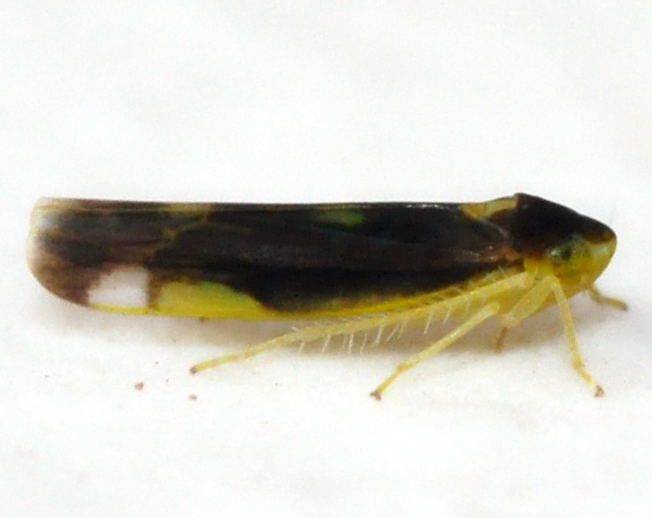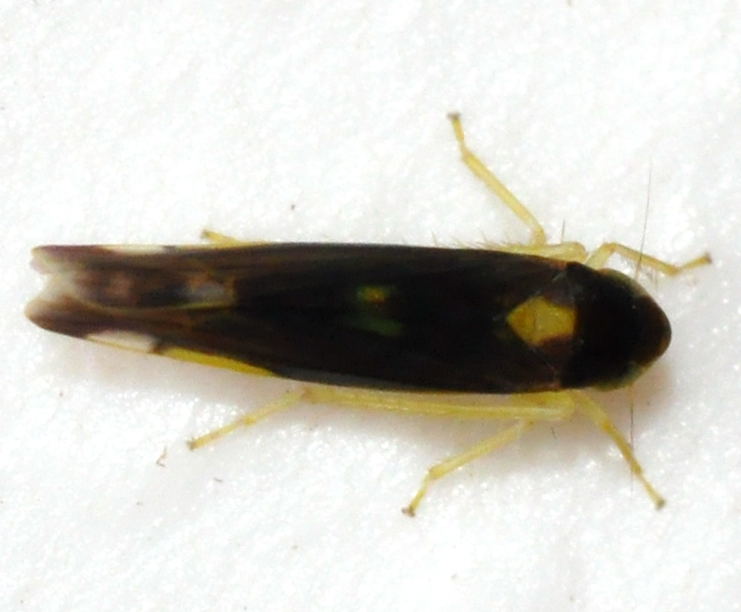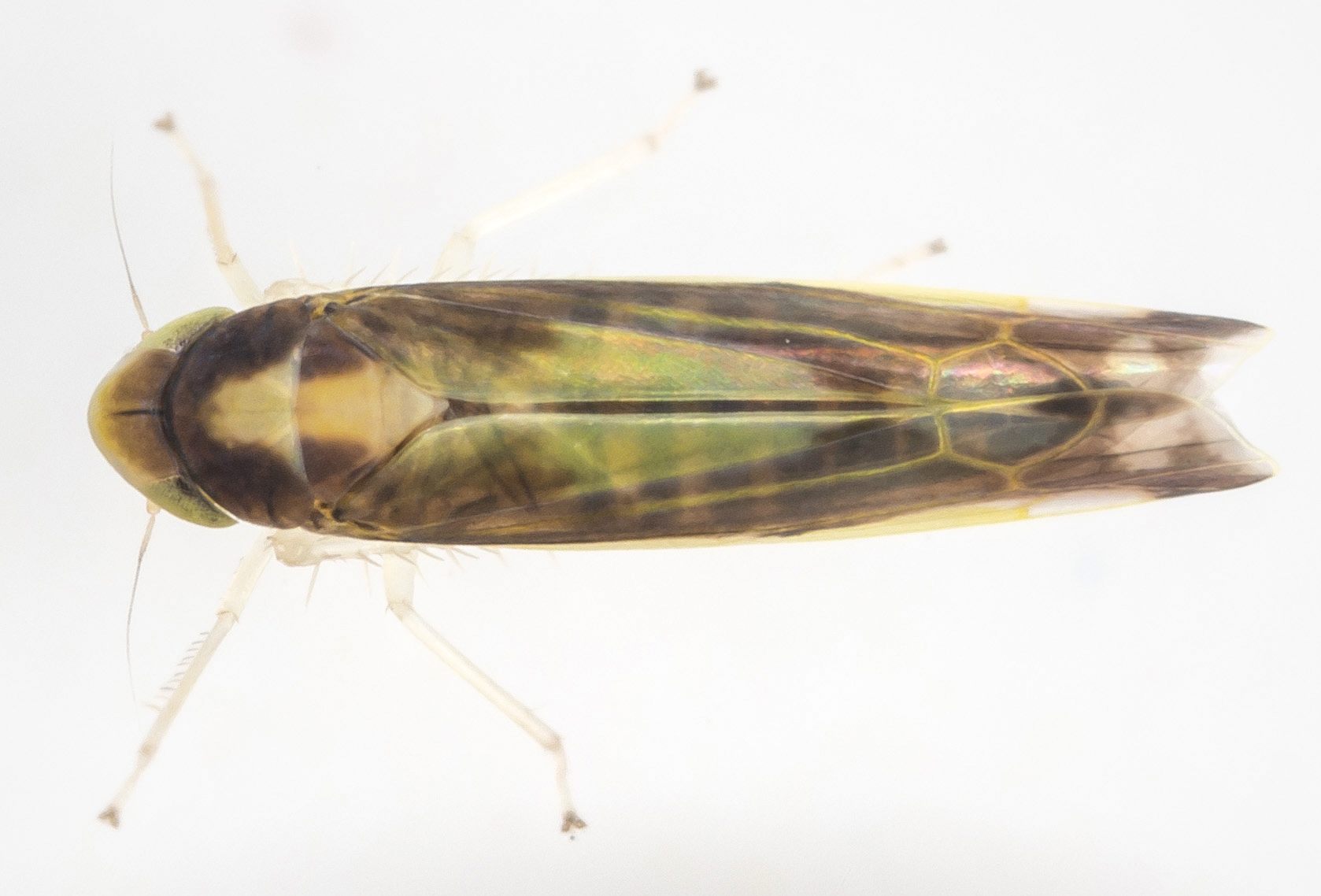| Family (Alpha): | |||
« |
 » » |
| CICADELLIDAE Members: | NC Records | |||||
|---|---|---|---|---|---|---|
Eupteryx flavoscuta - No Common Name | ||||||
 © Kyle Kittelberger- note pattern |  © Kyle Kittelberger- dark individual |  © Kyle Kittelberger- note yellow scutellum |  © John Rosenfeld- color variant |
|
Hoppers of North Carolina: Spittlebugs, Leafhoppers, Treehoppers, and Planthoppers |
| Family (Alpha): | |||
« |
 » » |
| CICADELLIDAE Members: | NC Records | |||||
|---|---|---|---|---|---|---|
Eupteryx flavoscuta - No Common Name | ||||||
 © Kyle Kittelberger- note pattern |  © Kyle Kittelberger- dark individual |  © Kyle Kittelberger- note yellow scutellum |  © John Rosenfeld- color variant |